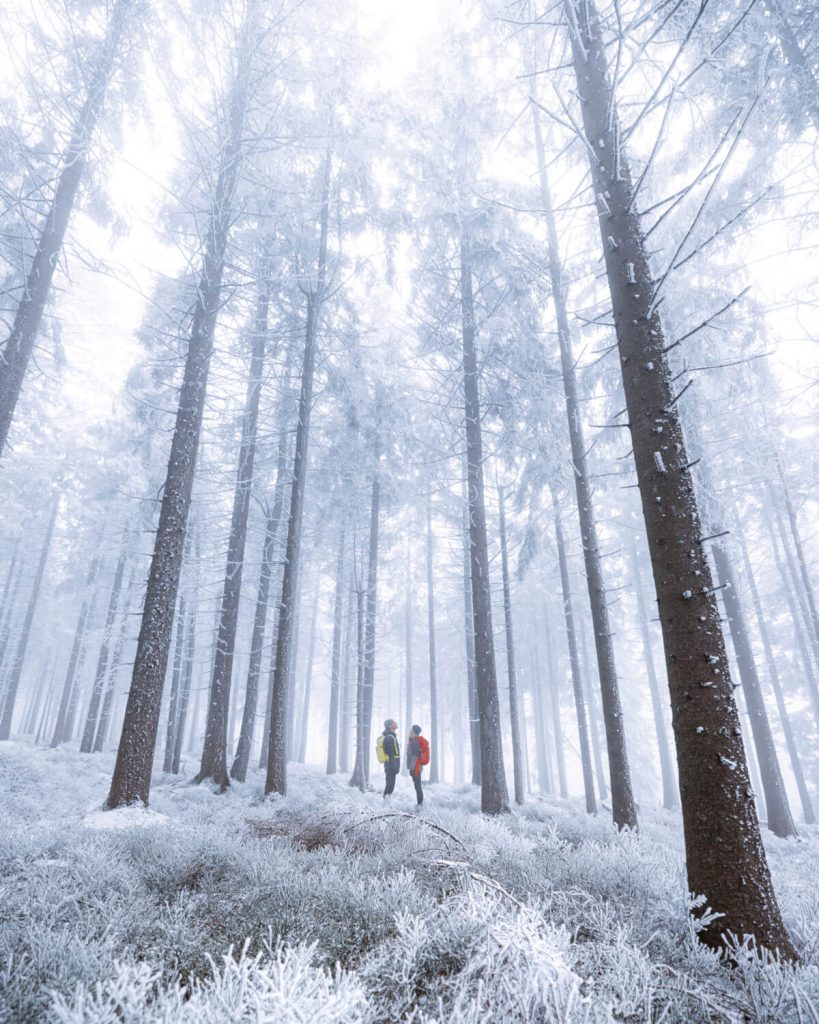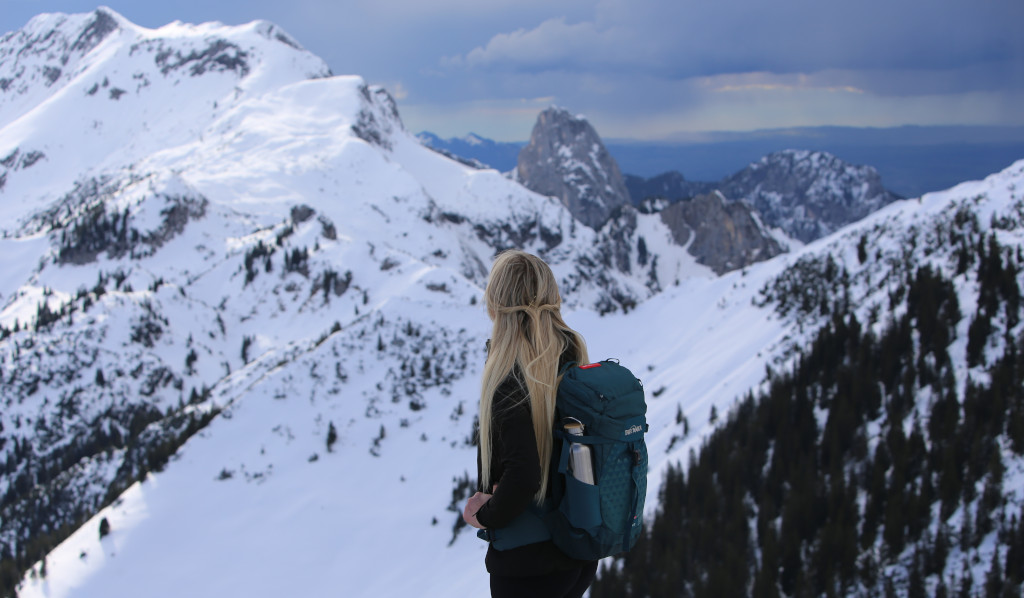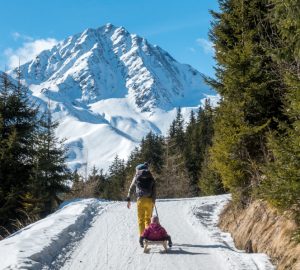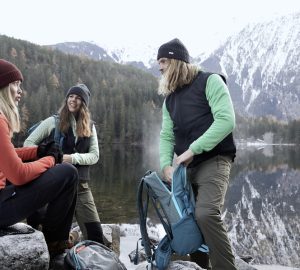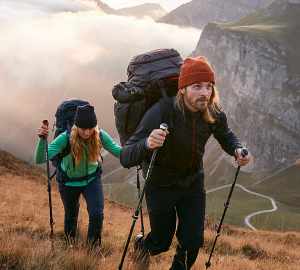Winter hiking is becoming increasingly popular. No wonder, because is there anything better than wrapping up warm and setting off through snow-covered landscapes? But winter hiking also comes with its own challenges. To make your adventure in the snow unforgettable and, above all, safe, we have collected some valuable tips and advice for you here.
The great thing about winter hiking is that you don’t need special equipment or years of practice like you do with skiing. There are also perfectly prepared winter trails in many mountain regions. This means that you don’t have to delve quite as deeply into the subject of avalanche risk as you do when ski touring. So you can enjoy a unique winter nature experience with relatively little effort – provided there is enough snow, of course.
The right route planning for winter hiking
To ensure that your winter hike is a success, you should find out about the weather conditions and the state of the hiking trails in advance. It is important that you do not follow tours that are designed for the summer months. In winter, some routes may be closed or difficult to pass. It is therefore best to use hiking routes that are especially suitable for winter hiking.
Always plan your route carefully and let someone know which route you want to take and when you expect to be back.
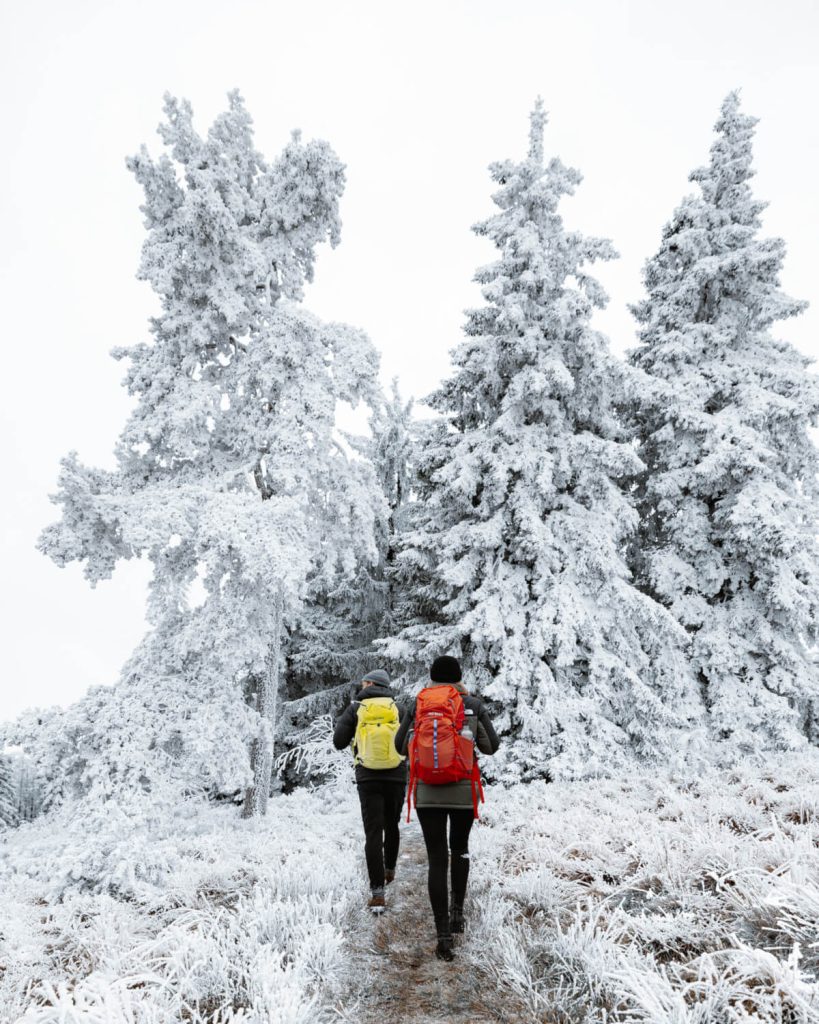
It gets dark early in winter. So it’s best to start first thing in the morning so that you’re back in time before sunset or enjoy a hot chocolate at the hut. Also bear in mind that you will make slower progress in the snow and get exhausted more quickly. In addition, paths can be slippery or snow-covered, making progress even more difficult. So always plan enough time and, if in doubt, choose the easier tour. Also take a headlamp with you for safety!
The right clothing for winter hiking
The right clothing is essential for winter hiking. Make sure you dress in several layers so that you can adapt to the changing temperatures. Merino wool or functional underwear is suitable as the bottom layer. They keep you nice and warm and wick away sweat well so that you stay dry even during exertion. Warm trousers and a fleece sweater as a second layer will keep you warm. You can wear an insulating jacket over this. A waterproof and breathable jacket on top will protect you from snow and rain. Warm gloves and a hat will ensure that you don’t get cold.
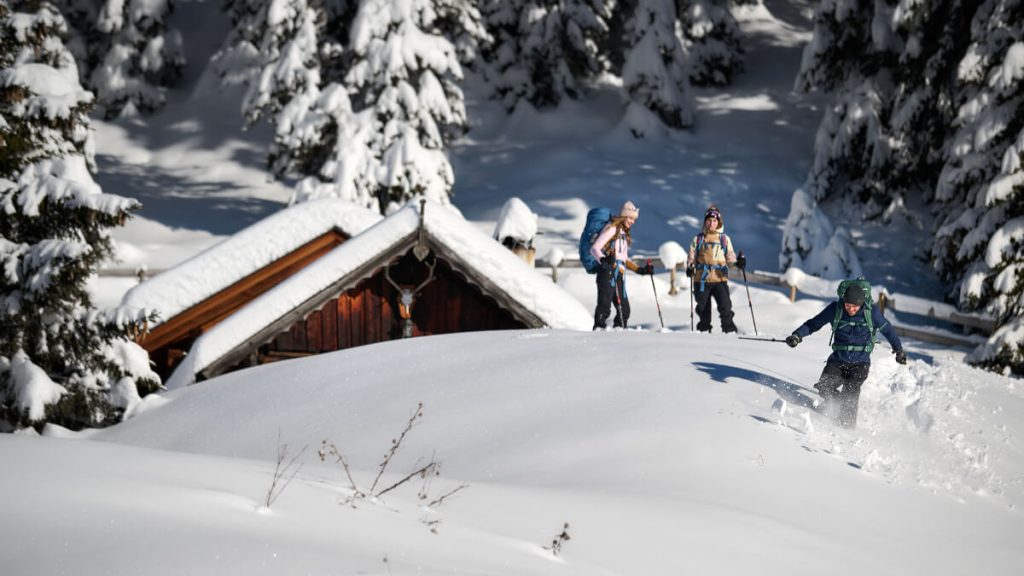
The right equipment for winter hiking at a glance
- Sturdy mountain boots with treaded soles
- Clothing according to the onion principle
- Gloves, hat or headband, tube scarf or shawl
- Sun cream and sunglasses
- Gaiters
- Trekking poles
- Micro spikes / Grödel (these are simple crampons that give you extra grip in slippery places)
- First aid kit, rescue blanket, cell phone
- Snack and sufficient liquid, preferably tea in a thermos flask
- Headlamp
- For multi-day tours: everything you need for your overnight stay at the hut
5 huts in the Allgäu that are also open in winter
Winter hiking is not just something you can plan as a day trip. Some huts are also open in winter and offer the opportunity to spend the night there. If you want to combine nature, adventure and a cozy hut feeling, you will find what you are looking for in the Allgäu, for example (Website in German only):
- The Kemptener Naturfreundehaus above Immenstadt
- The Edmund-Probst-Haus on the Nebelhorn
- The Schwarzenberghütte
- The Staufner Haus
- The Schwarzwasserhütte
And the Wolfratshauser Hütte near Lermoos is not only worth a visit in summer.
Avalanche danger
You should be relatively safe from avalanches on most prepared winter hiking trails. Nevertheless, it is good to know the avalanche situation. This will help you to assess the dangers. Do not leave the marked trails! This will help you avoid setting off a snow slab and also make an important contribution to not unnecessarily disturbing the animals’ winter rest. If you want to be on the safe side when it comes to avalanche danger, wear a winter jacket with a tracking system.
More on the topic: Safety on the mountain
Consideration for nature
Wildlife is particularly sensitive in winter. Many animals hibernate or go into hibernation. If they are startled unnecessarily, they use up important energy. It is therefore essential that you stick to marked paths so as not to disturb the sensitive flora and fauna. Take your garbage with you and respect nature so that future generations can also enjoy the beauty of winter.
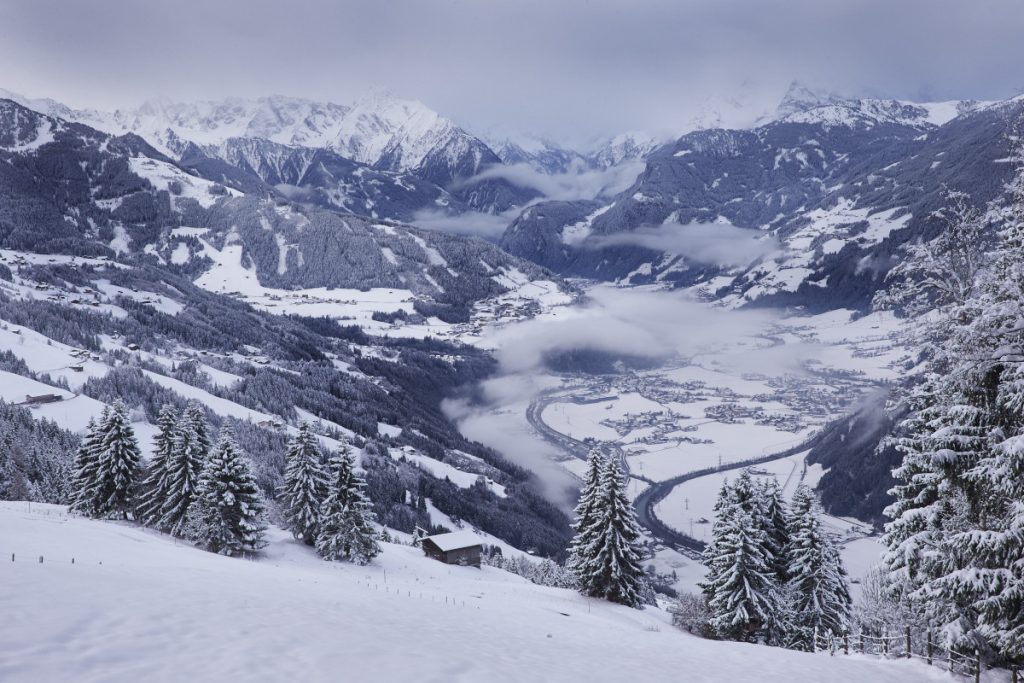
Conclusion
Winter hiking is a wonderful way to enjoy snow-covered nature and escape the stresses of everyday life. With the right preparation and mindfulness, you can enjoy your winter adventure to the full. Remember to pack the right clothing and equipment, plan your route well, show consideration for nature and, above all, pay attention to your safety. So grab your warm clothes, lace up your hiking boots and get ready for unforgettable winter hiking experiences!
